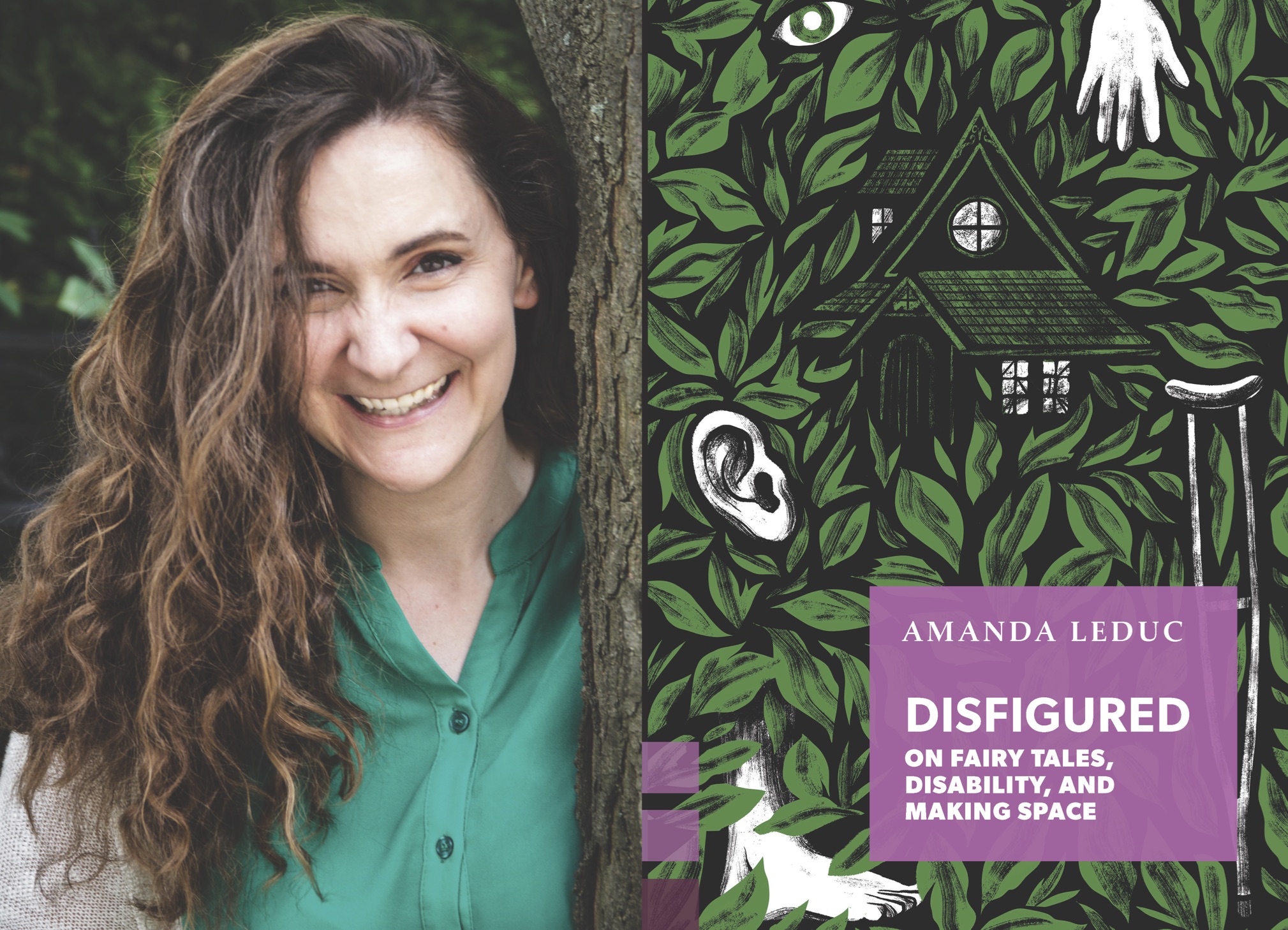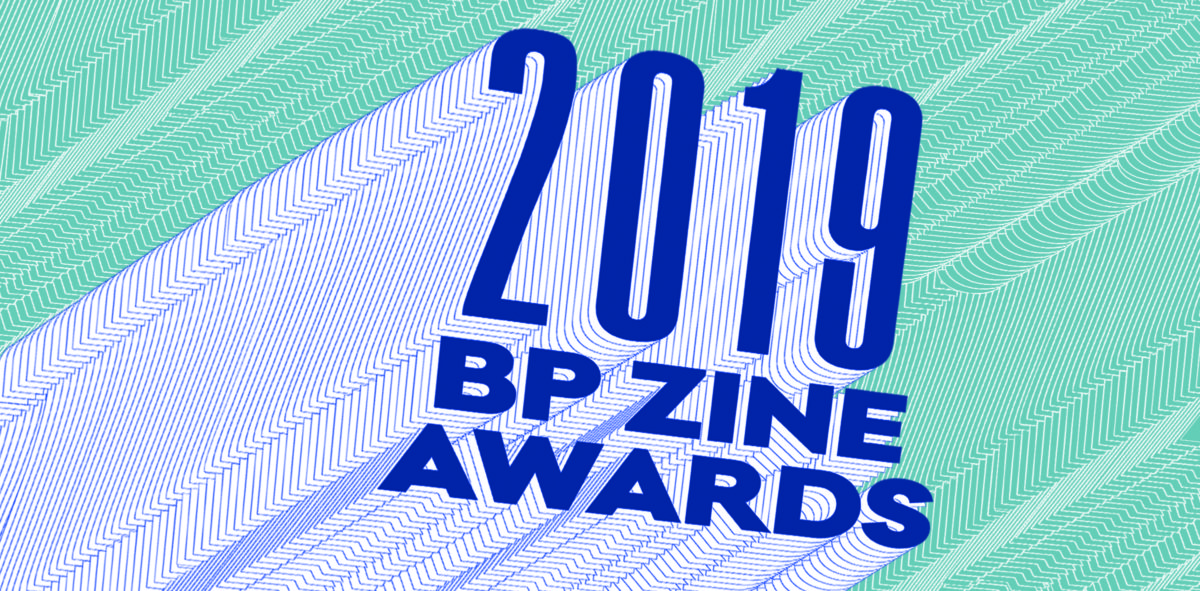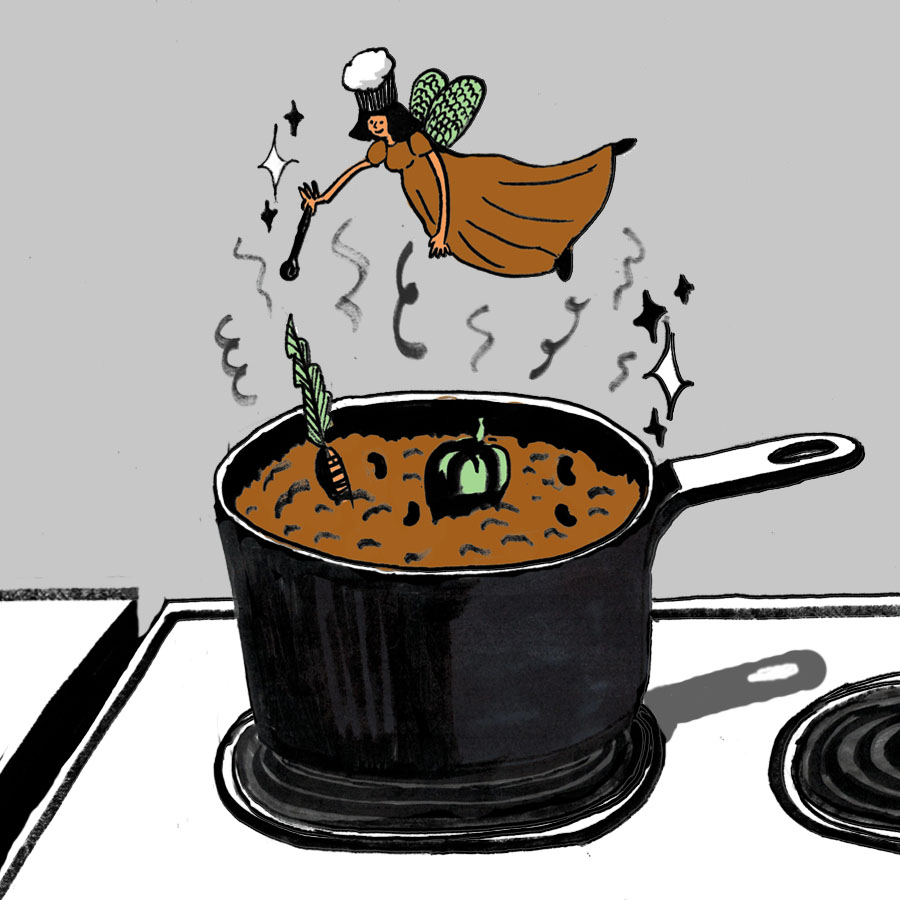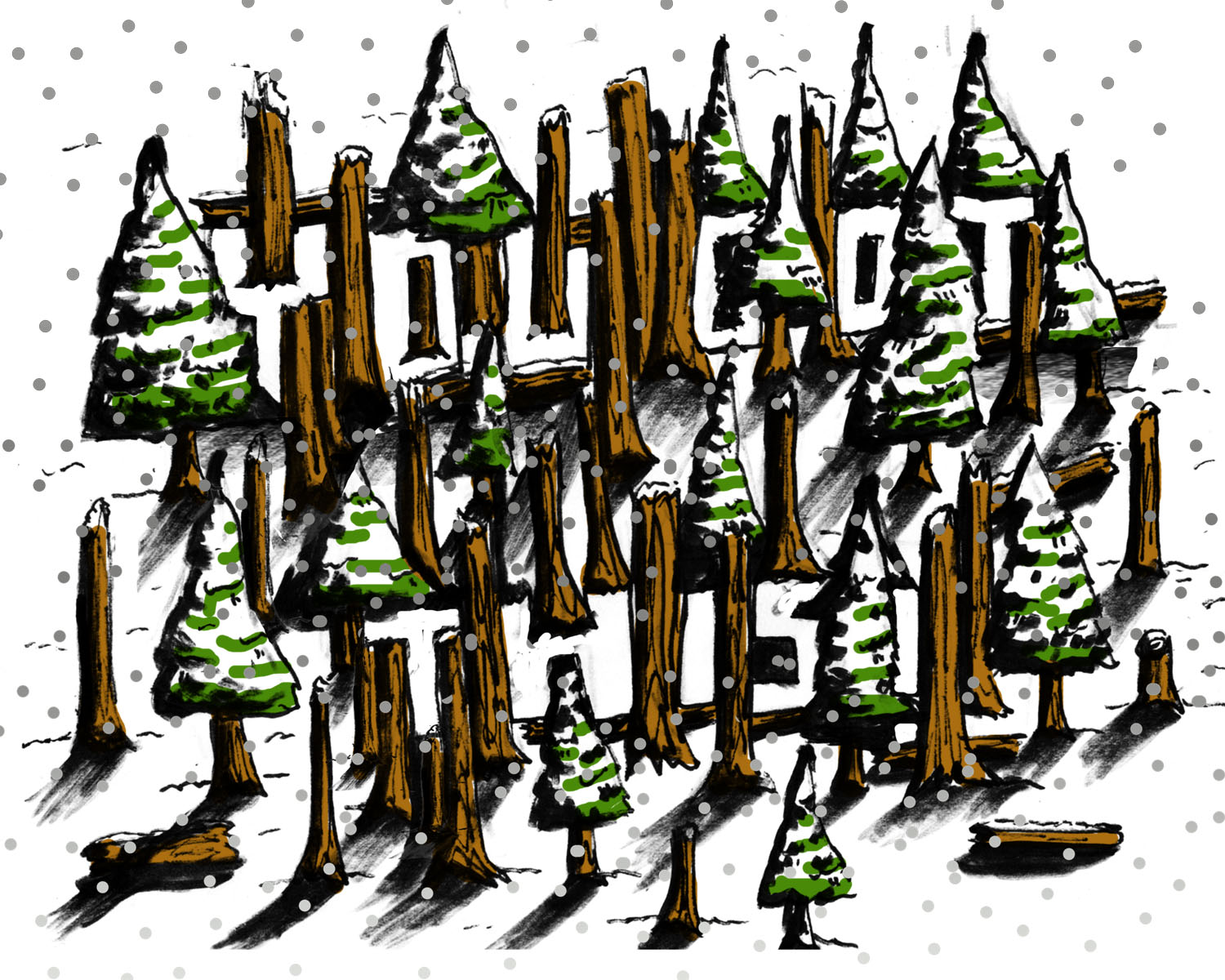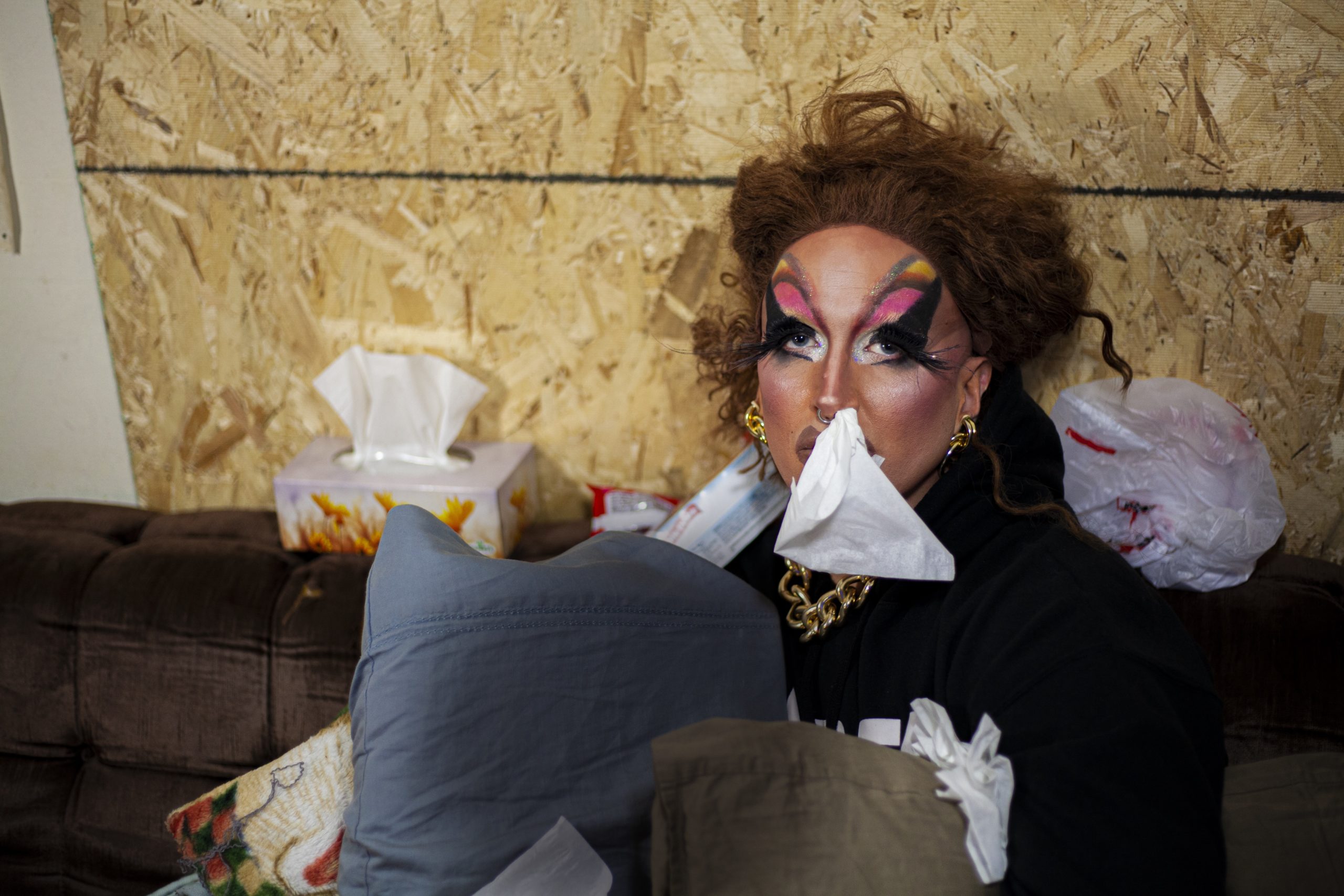Disfigured: On Fairy Tales, Disability, and Making Space
Amanda Leduc, Coach House
Women spinning straw into gold, houses made of gingerbread, frogs turning into princes — the earliest stories our little baby ears hear require us to suspend our disbelief. The point isn’t to be factual; it’s to teach us something about morality — how good people supposedly behave, and how bad people deserve to be punished. But why is it that we can so easily believe in mermaids, but the thought of a hero (not a villain) with a disabled or divergent body feels so radical? What kind of lesson are we teaching if the only time we see disabled bodies in stories is when they’re cast as villains or characters of little consequence? Amanda Leduc tackles the unapologetic ableism of fairy tales head-on in Disfigured, dissecting the stories we tell ourselves and how they’ve shaped our expectations of disability.
Disfigured: On Fairy Tales, Disability, and Making Space is part of our Winter 2020 Indie Book Picks.
***
Q&A with author Amanda Leduc
Your book is a strong reminder of how powerful stories are in shaping our reality and beliefs. Can you share a bit about your own experience with disability?
I have mild cerebral palsy and spastic hemiplegia, which translates into a weakness on my right side. It manifests in a slight limp. I also deal with chronic pain as a result of the imbalance in my hips when I walk.
My disability was at once mild and also visible — I was able, more or less, to make my way through the world the way that abled people could. But my limp was noticeable. I experienced a lot of bullying and harassment in elementary school, which led to social anxiety and struggles with depression later in my life.
How do you feel ableist stories affected you as a kids? What do you wish you could have had in the ways of representation?
I didn’t feel a lack of representation in the moment when I was young — because I was trying very hard to pretend that I wasn’t disabled.
If I had read stories about young girls who had limps or used wheelchairs — and if those stories had portrayed these characters in a powerful way, instead of making them objects of pity — I probably would have come into my own as a disabled woman much earlier. I wish that I could have read those stories when I was young — stories about protagonists who moved through the world differently but were still able to find joy and meaning in their lives. That would have gone a long way toward helping me feel more comfortable about my own disabled sense of self.
I imagine you had to do a lot of rereading for this book! What was your research process like?
The researching process for Disfigured was, surprisingly, a lot of fun.
I had the opportunity to speak to many people in the disability community, which I’m still grateful for.
I wanted to work from many of the original (or earlier) versions of the fairy tales I knew and loved, a lot of which are freely available online. But I did a lot of in-depth book research as well, looking through other scholars’ takes on fairy tales, as well as modern interpretations. Also, there was a lot of Disney movie watching!
Did you have any realizations while mulling over fairy tales that were particularly shocking or enlightening?
The thing that shocked me the most was the fact that disability is everywhere in the fairy tales we tell.
But disability in fairy tales is almost always an impediment to an individual’s progress — something they need to overcome in order to obtain a happy ending. When you write disability that way, you make the lived reality of these characters’ lives nothing more than a moral failing — and the more I read, the more I realized that this carries over into so many of the stories we tell about disability today.
Ableism is such a widespread, insidious and neglected form of discrimination, and no single solution is going to undo it. But when it comes to storytelling, what challenge would you like to forward to publishers (and us at Broken Pencil Magazine)?
One of my favourite parts of bringing Disfigured into the world was making the book available in a variety of accessible formats. It illuminated for me a truth that often goes unacknowledged in publishing: books are printed in traditional print format first, and then accessible versions of the books come months or sometimes even years later — which means that in our current system, those with print disabilities never get to experience books the same way that abled people do. I want to challenge publishers to really think about accessibility in books from the very beginning — rather than after the fact.
For magazines and other publishers, I issue the same challenge: accessibility in all the ways, all the time: Hold events in wheelchair-accessible spaces. See if you can provide ASL interpretation or captioning. When you’re publishing work, really try hard to think about how to make formats as accessible as possible. Can you publish in accessible ePub? In Braille? Can you ensure that your website is accessible to those with vision impairments?
The more we ask these questions and press for an increasingly accessible world, the more it will become routine and standard.
You’ve got another book, The Centaur’s Wife, coming out in 2021 — and this time it’s a novel! What can you tell us about it?
The Centaur’s Wife is a dystopian fairy tale about a motley group of people who are forced to band together in the wake of a worldwide environmental disaster. It’s about grief and desire and also — as I discovered while writing it! — very much about disability, and how we carve out space in the world for ourselves through the power of stories and storytelling.
This interview has been edited and condensed for clarity.

